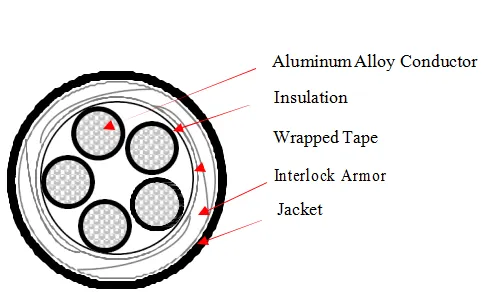Dec . 12, 2024 04:54 Back to list
cast iron valve
The Importance of Cast Iron Valves in Industrial Applications
Cast iron valves are a crucial component in various industrial applications, serving a variety of functions from controlling fluid flow to regulating pressure. Known for their durability, strength, and resistance to corrosion, cast iron valves have established themselves as a reliable choice in many sectors, including water treatment, oil and gas, and chemical processing. This article explores the advantages, types, and applications of cast iron valves, highlighting their importance in modern industry.
Advantages of Cast Iron Valves
One of the primary benefits of cast iron valves is their exceptional durability. Cast iron is known for its ability to withstand high pressures and extreme temperatures, making it suitable for demanding environments. Unlike other materials, cast iron can maintain its integrity under stress, reducing the risk of valve failure and ensuring a long operational lifespan.
Corrosion resistance is another significant advantage. While cast iron is not completely immune to rust, it can handle exposure to water and chemicals better than many alternatives. Manufacturers often apply coatings to enhance this property, further extending the valve's life and maintaining reliability. This makes cast iron valves an excellent choice for water supply systems and chemical industries.
Furthermore, cast iron valves offer excellent flow characteristics. Their design can provide a smooth path for liquids or gases, minimizing turbulence and energy loss. This efficient flow is critical in optimizing system performance, whether in a municipal water system or an industrial pipeline.
Types of Cast Iron Valves
There are several types of cast iron valves, each designed for specific applications. The most common types include gate valves, globe valves, and check valves.
1. Gate Valves These valves are primarily used for on/off control. They feature a wedge-shaped gate that can be raised or lowered to control flow. Gate valves are suitable for applications where minimal flow resistance is necessary, making them ideal for high-pressure systems.
cast iron valve

2. Globe Valves Globe valves are designed for throttling and regulating flow. Their spherical design allows for finer control compared to gate valves. They are commonly used in applications that require precise flow regulation, such as chemical mixing processes.
3. Check Valves Check valves prevent backflow in piping systems. They allow fluid to flow in one direction while automatically closing if flow reverses, thereby protecting pumps and other equipment from damage. Cast iron check valves are widely used in water and wastewater management applications.
Applications of Cast Iron Valves
The versatility of cast iron valves means they find applications across numerous industries. In the water and wastewater sector, cast iron valves are employed in distribution systems, allowing operators to control the flow and pressure of water efficiently. Their robustness ensures longevity in environments that are often harsh or corrosive.
In the oil and gas industry, cast iron valves are used to control the flow of hydrocarbons and other fluids. The ability to withstand high pressure and temperature makes them invaluable in upstream and downstream operations, from drilling to refining.
The manufacturing and chemical processing sectors also rely on cast iron valves for their durability and reliability. In these environments, safety is paramount, and the strong performance of cast iron valves helps mitigate risks associated with hazardous materials.
Conclusion
In conclusion, cast iron valves play an essential role in various industrial applications due to their durability, corrosion resistance, and efficient flow characteristics. Whether used in water distribution systems, oil and gas operations, or chemical processing plants, these valves ensure reliable performance and safety. As industries continue to evolve, the importance of robust, high-quality materials like cast iron will only grow, making these valves an enduring choice in the modern industrial landscape.
Share
-
Reliable Wafer Type Butterfly Valves for Every IndustryNewsJul.25,2025
-
Reliable Flow Control Begins with the Right Ball Check ValveNewsJul.25,2025
-
Precision Flow Control Starts with Quality ValvesNewsJul.25,2025
-
Industrial Flow Control ReliabilityNewsJul.25,2025
-
Engineered for Efficiency Gate Valves That Power Industrial PerformanceNewsJul.25,2025
-
Empowering Infrastructure Through Quality ManufacturingNewsJul.25,2025